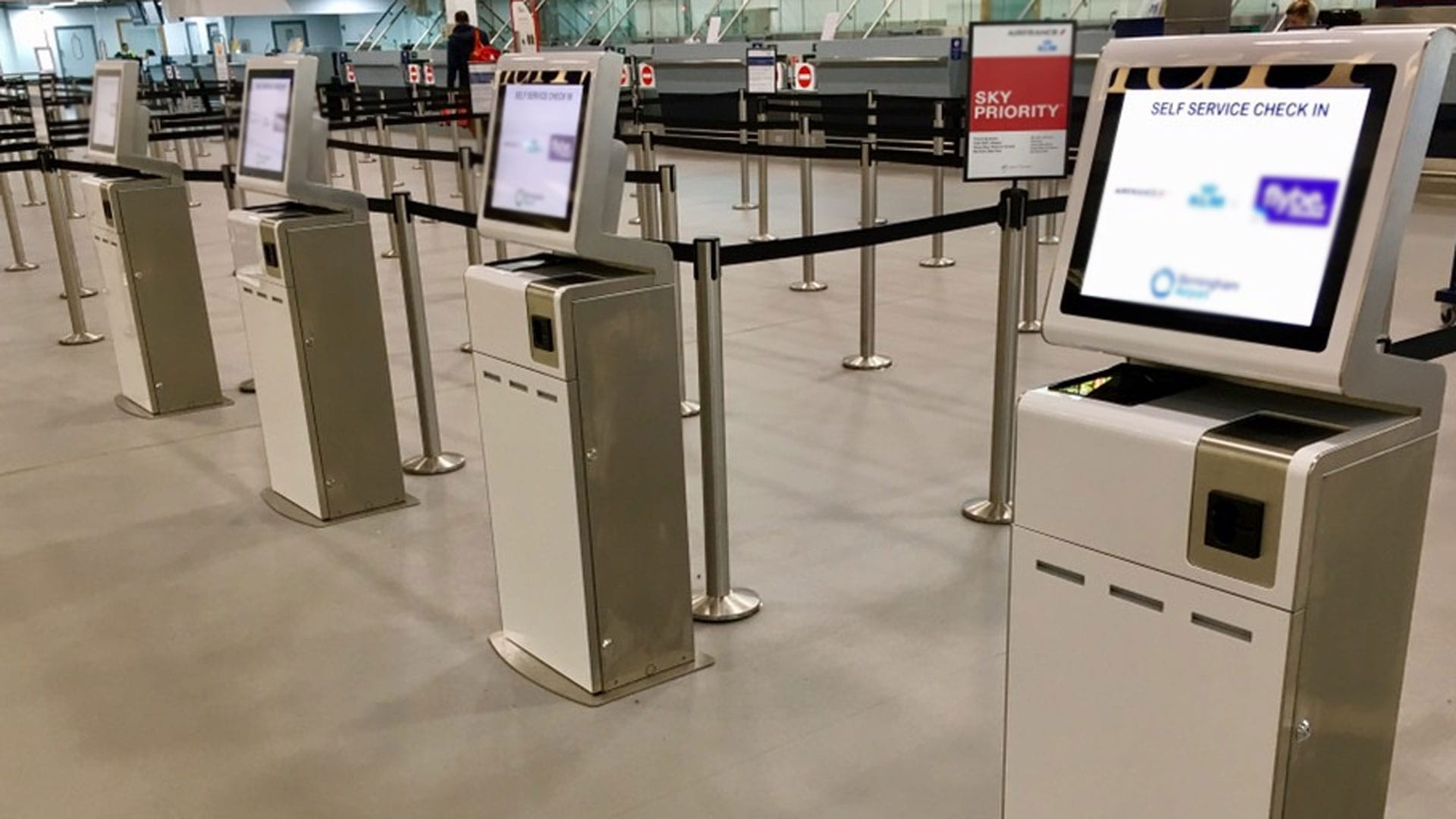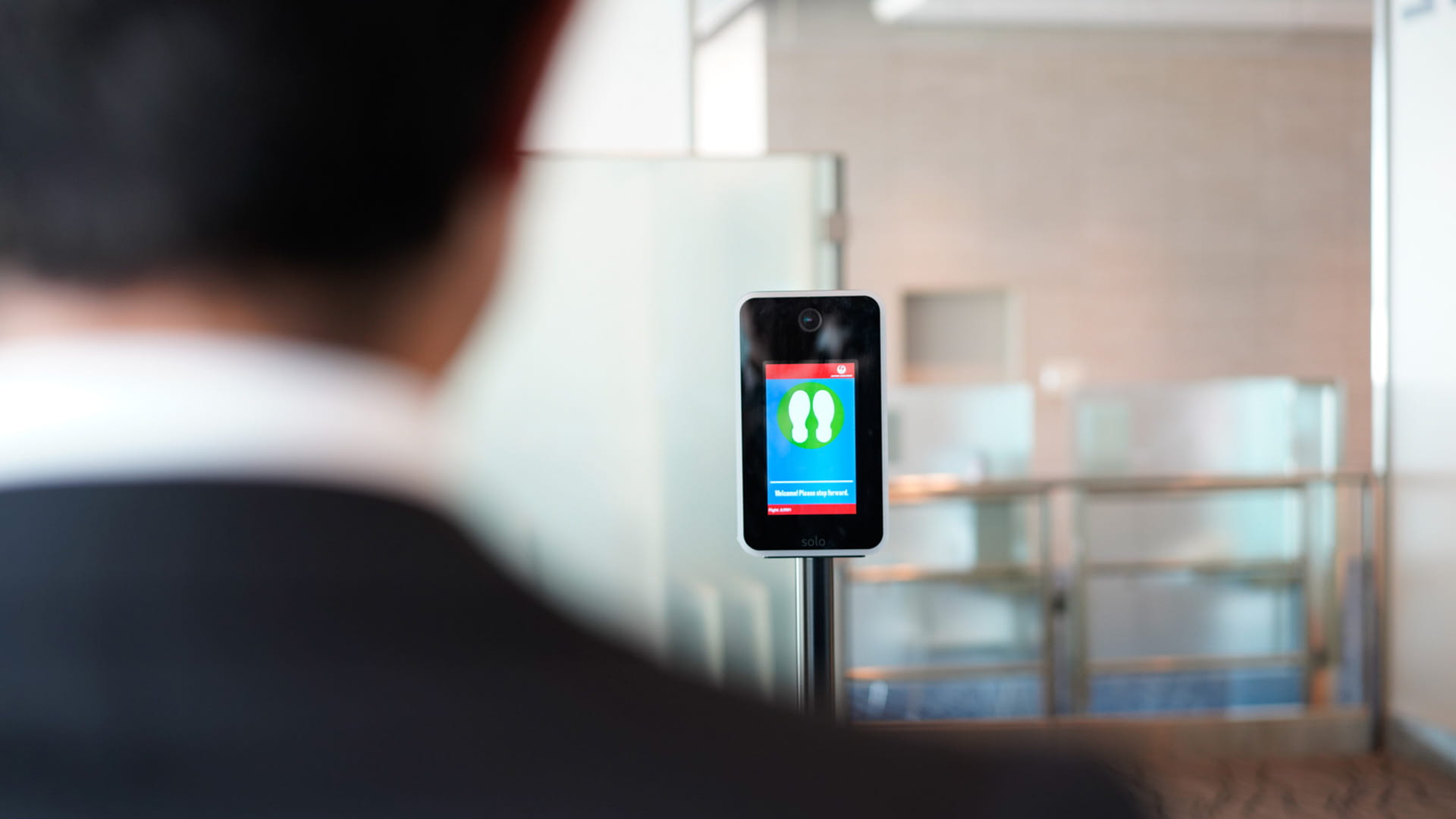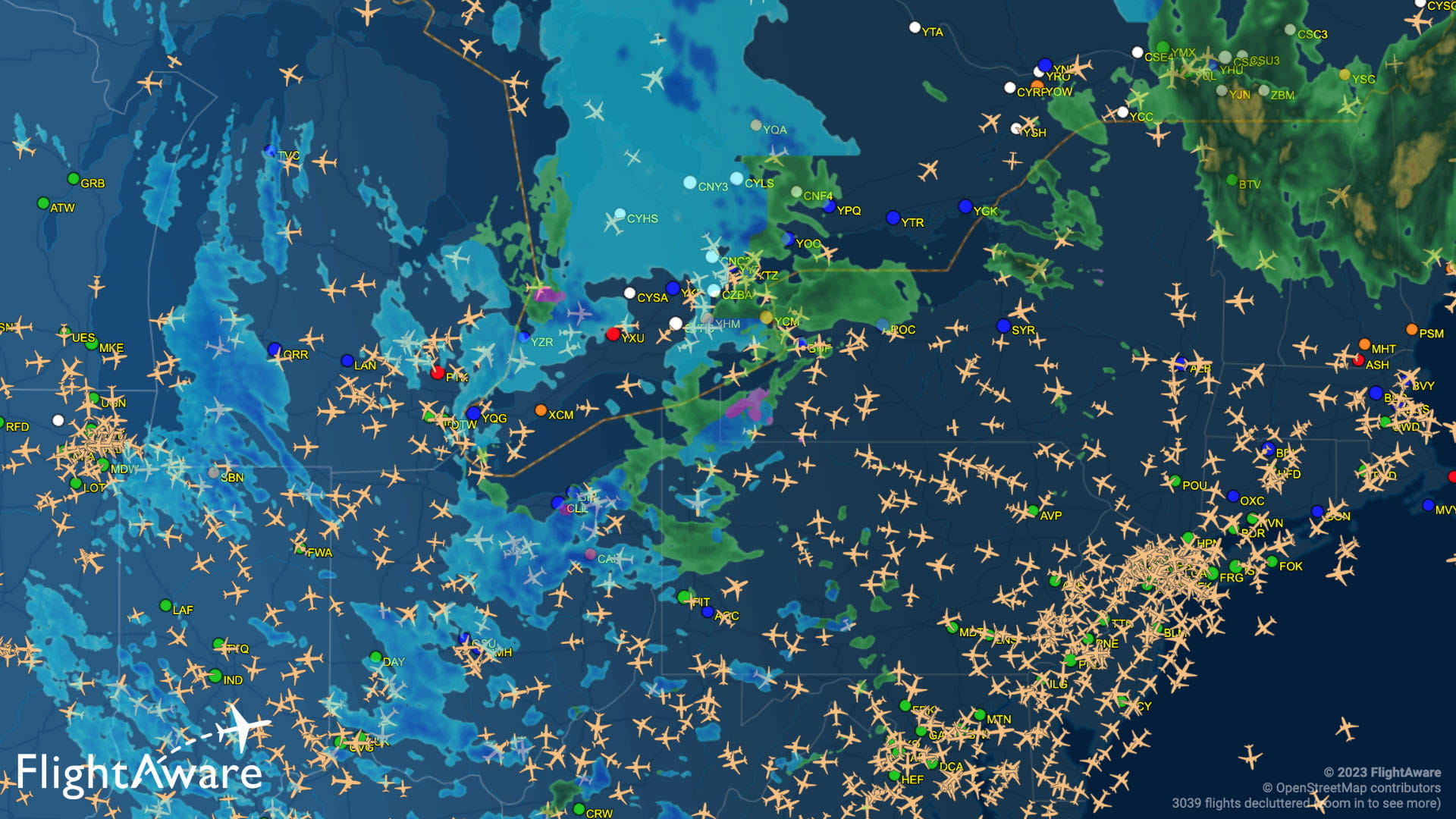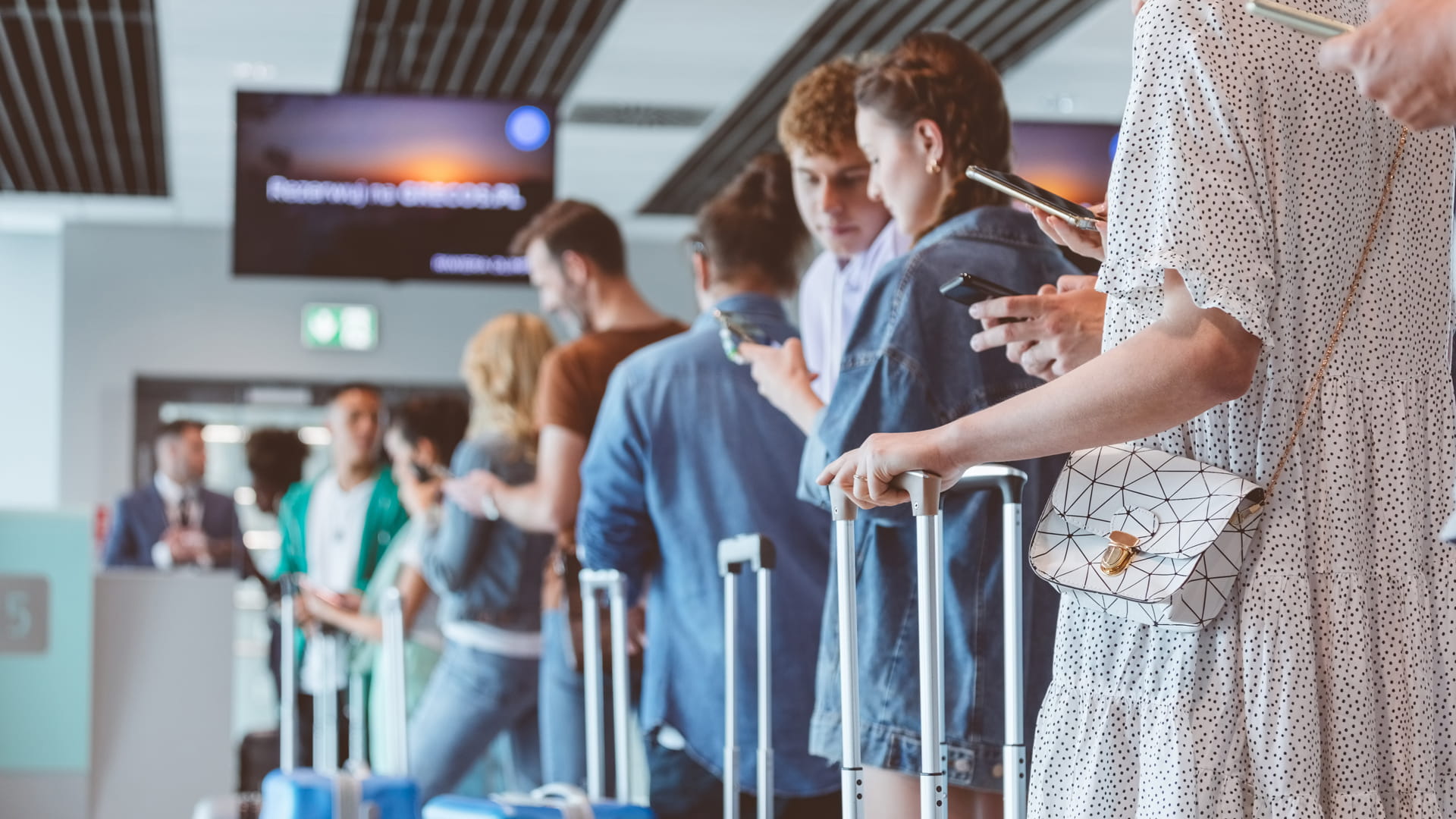Collins Aerospace tools offer the power to predict, analyze and optimize
Robert Sapitowicz does a fair bit of flying – just not around the major travel holidays, when airports are a little too crowded for his liking.
The data shows just how crowded. About 37 million people flew in the U.S. during the 2022 Christmas season, and about 30 million more flew during Thanksgiving 2023, according to U.S. Transportation Security Administration statistics. Then consider the summer travel holidays – about 27 million on Fourth of July weekend, and 12 million each on Memorial Day and Labor Day.
That’s a lot of people pouring into the nation’s airports, forming long lines at security and sprawling out in the chairs at the gate.
“The real estate at the airport doesn’t flex, and that’s the problem,” said Sapitowicz, a senior manager of product management at Collins Aerospace, an RTX business. “Technology can take that footprint and make the most of it. And that’s our story.”
Here’s a look at common problems in holiday air travel – and how more connected networks and better use of data can help.
Long lines
Holiday air travel problems often derive from volume – unusually high numbers of people trying to get through the airport and onto their planes. The first and most obvious symptom: long lines – at check-in, security and everywhere else.
To keep things moving steadily, Collins Aerospace has created a series of systems to speed up each step of a passenger’s airport journey.

It starts at check-in, with Collins’ SelfServ kiosks. Among other features, those kiosks:
- Can be shared by multiple airlines, making it easier for passengers to find one that’s open.
- Free airline agents to perform duties that require human interaction.
- Allow passengers to enroll in biometric identification – a feature that can save time elsewhere in the airport.
The benefits of biometric identification are clearest at security, where even
a few seconds digging around for a driver’s license or a boarding pass can add
up to huge delays when it happens repeatedly, with a few hundred passengers in
line.
Biometric identification – specifically Collins’ SelfPass facial-recognition technology – eliminates the need for passengers to show a physical ID and for security workers to validate it. Instead, these steps are automated so they happen in about a second. SelfPass can also be used at bag drop and boarding, to similar benefit.

SelfPass is already operating in airports that use facial recognition to support the U.S. Customs and Border Protection’s biometric exit process.
Beyond biometrics, an already-prevalent system from Collins is mitigating airport foot traffic by helping passengers better plan when they’ll arrive. Data from the flight-tracking service FlightAware tells passengers if their plane is running late, reducing the number of people who show up too early with nowhere to go.
“Think about your whole journey. Your house, to the airport, to the gate. Are there traffic problems? Is there an accident on the way? Should I take the train? Every step of that journey could really mess up your trip,” Sapitowicz said. “If you have that information in one application, you can make an informed decision.”
Weather and maintenance delays

No matter the season, weather can foul up flight plans in a hurry – a problem only made worse on holidays, when there are that many more planes and passengers in the picture.
Two Collins-built data analytics services known as Flight Profile Optimization and Ascentia can help mitigate those problems. Flight Profile Optimization uses real-time data from around the airspace to identify the most efficient path from point A to point B – one that avoids adverse weather and keeps a safe distance from other air traffic.
On any given day, there are about 15,000 aircraft in flight at one time.
“Couple this with storm systems and you end up with pockets of aircraft congestion,” said Nicole White, vice president of Business Development at Collins Aerospace. “Our job is to get passengers to their destination safely and on time. With Flight Profile Optimization, we can help pilots navigate the airspace and do just that.”
Maintenance delays can also ripple across the airspace. To mitigate that problem, Collins’ Ascentia analytics services enable airlines to plan maintenance strategically, so their fleets can be ready for the busiest days of the year, with minimal unscheduled upkeep. Ascentia has been shown to decrease potential delays by about 30 percent and unscheduled maintenance by about 20 percent.

